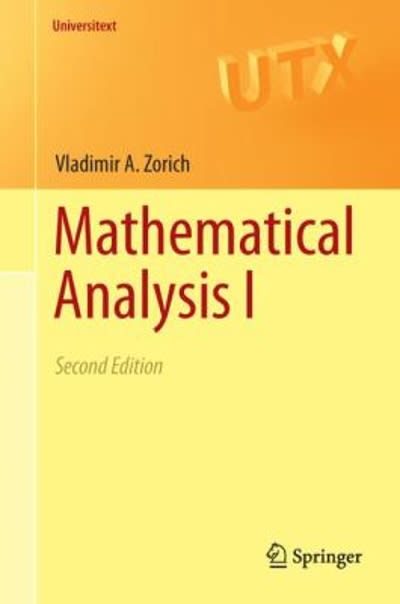Question
When doing calculations: Keep values unrounded in intermediate calculations, and round only the final result. Round to TWO digits after the decimal point OR a
When doing calculations:
- Keep values unrounded in intermediate calculations, and round only the final result.
Round to TWO digits after the decimal point OR a whole number percentage. For example, a final result of 0.6789 rounds to 0.68 or can be expressed as 68%.
In 2015, a team of epidemiologists interested in the incidence of lung cancer among daily cigarette smokers identified a study population of 4,500 men, aged 65-74 years, in Cedar Rapids, Iowa. At baseline, initial tests indicated that 8% of men already had lung cancer. The remaining men were interviewed about their smoking behavior and followed prospectively for 5 years to determine incidence of lung cancer. At baseline, 30% of participants were identified as daily smokers. By the end of the follow-up, 156 smokers and 80 non-smokers developed lung cancer.
| Smokers | Non-smokers | Total | |
| Cancer | |||
| No Cancer | |||
| Total |
a. Calculatethe Cumulative Incidence (CI) for smokers, nonsmokers and the entire cohort population. Interpreteach of the CI values. (Hint: cumulative incidence = risk; this question should be familiar!)
b. Calculateand interpretthe Risk Ratio (Cumulative Incidence Ratio) due to smoking.
c. Calculate and interprettheOddsRatio (Relative Odds) due to smoking.
(i) Is this a risk OR or an exposure OR? Does the OR overestimate the RR in this study?
d. Calculatethe Attributable Risk (AR) and the AR% due to smoking, and interpret the AR%.
e. There are several assumptions made when calculating the AR. What are these assumptions?
f. Calculate the Population Attributable Risk (PAR) and the PAR%due to smoking, and interpret the PAR%.
(i) There are several assumptions made when calculating the PAR. What are these assumptions?
Step by Step Solution
There are 3 Steps involved in it
Step: 1

Get Instant Access to Expert-Tailored Solutions
See step-by-step solutions with expert insights and AI powered tools for academic success
Step: 2

Step: 3

Ace Your Homework with AI
Get the answers you need in no time with our AI-driven, step-by-step assistance
Get Started


